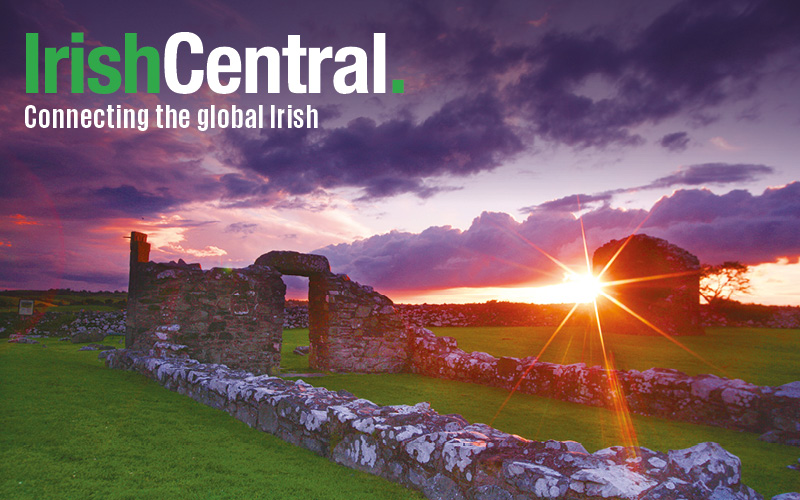What would be discovered on the anniversary of this death in the JFK assassination files in 2017?
Editor's note: Throughout November, IrishCentral is commemorating Kennedy month, in honor of the famed Irish American political dynasty and their legacy. In the countdown to the anniversary of JFK's assassination on November 22, 1963, we look at the events surrounding his death. including the investigation into the crime.
Hundreds of documents relating to the investigation into the assassination of President John F. Kennedy were made public in 2017 by the National Archives. The never-before-seen documents linked with the 1963 shooting of the president were released in accordance with a 1992 law requiring that the complete collection of documents be made public within 25 years.
The released records are an absolute treasure trove for Kennedy aficionados and those who pursue conspiracy theories surrounding the 35th President's death. There’s plenty of material to go through in the hunt for further evidence to back up any claim.
The public now has access to 441 records, including tape recordings and interview transcripts, that had been unavailable until now.
Included in the latest batch are audio files of 17 interviews with Yuri Nosenko, the KGB agent who defected to the US in 1964. While some had believed that Oswald was working as a Soviet operative when he killed Kennedy, Nosenko confirms in these interviews that he was, in fact, tasked with keeping a file on Oswald when he was living in the Soviet Union as it was believed Oswald could have been an American spy.
The future assassin lived in the Soviet Union from September 1959 until 1962 and the reasons why he assassinated Kennedy on November 22, 1963, remain uncertain. Oswald was assassinated just two days he killed Kennedy by nightclub owner Jack Ruby, leading to decades of speculation as to whether Oswald acted alone or was a small part of a much larger conspiracy. The FBI and the Warren Commission concluded, however, that Oswald carried out the killing on his own.

Lee Harvey Oswald's assassination. Image: Wikicommons.
The transcribed interviews, translated from Russian, reveal that the FBI and CIA were highly skeptical of Nosenko’s claims and did not fully believe what the interviews told them.
“Nosenko came forward to essentially clear the Soviet Union of any involvement in the assassination,” said Philip Shenon, a historian and author of “A Cruel and Shocking Act: The Secret History of the Kennedy Assassination.”
“A lot of people at the time thought he might not be telling the truth.”
Shenon explains that despite the initial reluctance to believe Nosenko, his claims were later far from disputed and the FBI exonerated the former KGB agent long ago.
A question still remains, however, regarding a trip to Mexico that Oswald took not long before the assassination.
“Nobody has really ever gotten to the bottom of what went on there,” Shenon said to the Boston Globe.
Also in the release from the National Archives were documents related to the assassination of Martin Luther King Jr, which took place five years after Kennedy’s.

Lee Harvey Oswald's mugshot. Image: WikiCommons.
Read more: 52 years on, photo of John F. Kennedy’s assassin confirmed as authentic
The National Archives are in the process of releasing all five million documents associated with the assassinations to the public, with much more on JFK expected to be released.
A significant amount of the documents were previously released but with sections of them redacted. They are now being released in full. While the legislation was introduced due to large public interest in the investigation, some of the information had previously been delayed in coming out under five categories that were deemed to work against the public interest. The release of this information could yet be postponed by the review board.
President Donald Trump is the only person who could completely prevent the release of the information if he believed it would be a danger to national security.
For the eager public, hoping to finally confirm their beliefs on what was the cause of JFK’s death in Dallas in 1963, there may still be a long time to wait as the sheer size of the collection covered by the John F. Kennedy Assassination Records Act of 1992 makes it extremely different to sift through, looking for interesting material or for evidence that may point to a possible link between Oswald’s trip to Mexico and Kennedy’s death.
The records are available to the public here.
H/T: The Boston Globe




Comments